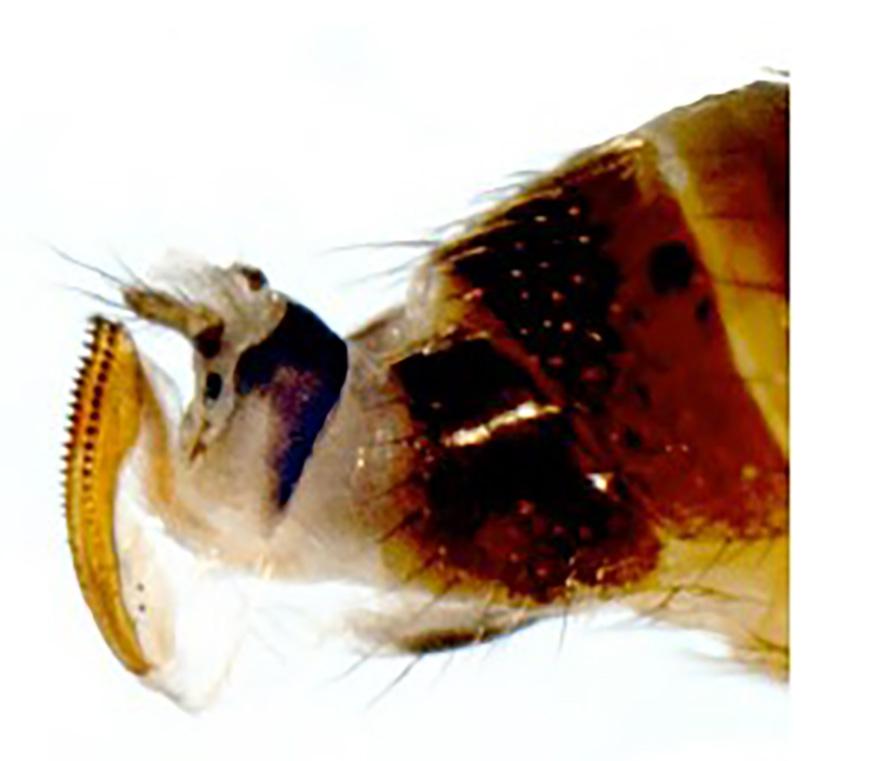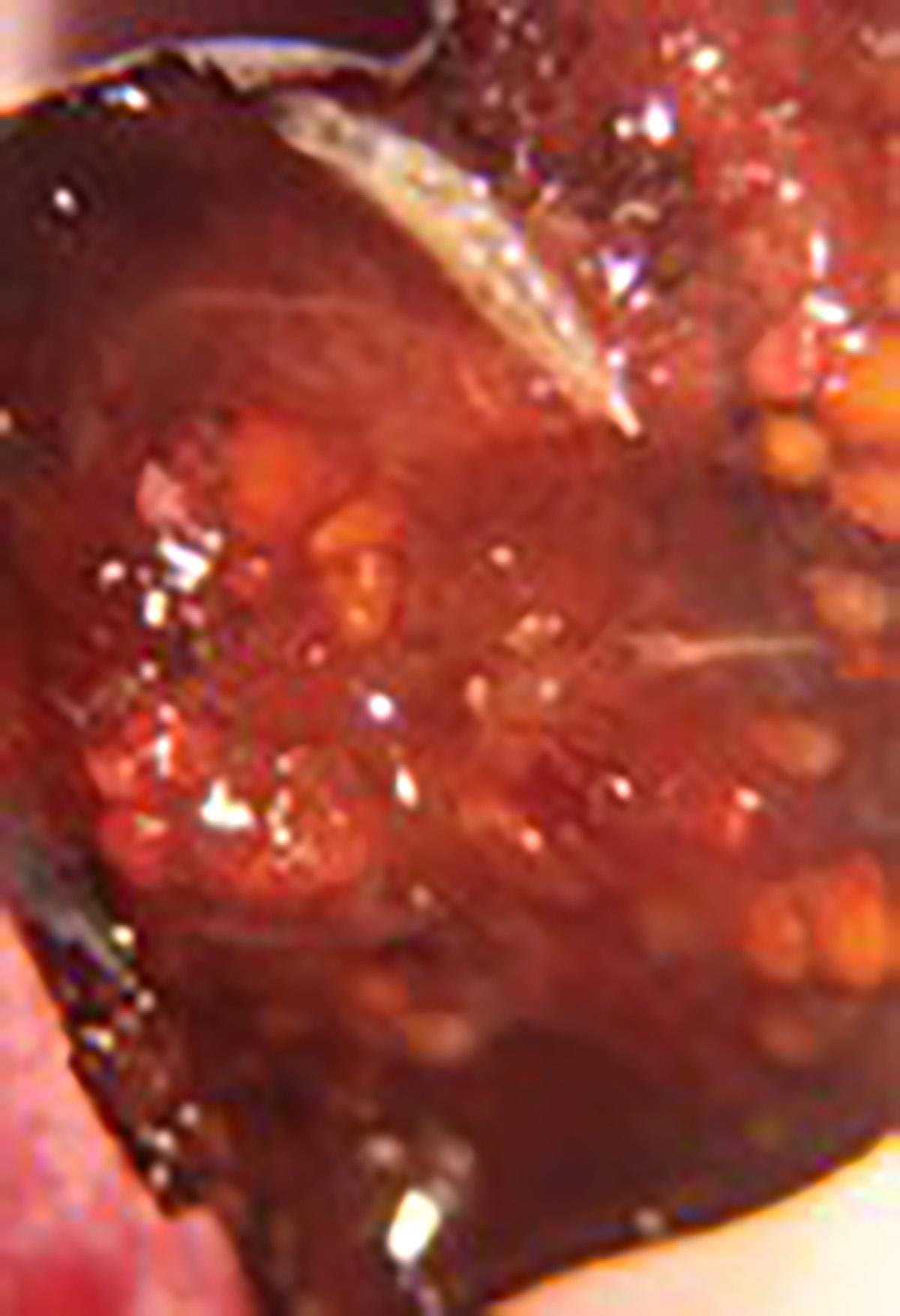The Spotted Wing Drosophila (SWD) - Part 1: History, Background, and Damage
History
The Spotted Wing Drosophila (SWD) is a small vinegar fly with the potential to damage many fruit crops, especially thin-skinned fruit. SWD, or Drosophila suzukii, is native to eastern Asia. Most species of vinegar flies attack overripe or damaged fruit. However, SWD is unique as the female can lay eggs in healthy fruit. SWD was first detected in the western United States when an infestation of caneberries was reported in California in 2008. In 2011, SWD was found in the Mid Atlantic region. It has already become a major pest of many crops in Maryland, especially raspberries, blackberries, and cherries, and has caused damage to blueberries, grapes, and strawberries. The following is a brief summary of its background, life cycle, symptoms, and damage. For management considerations please see the Timely Viticulture: The Spotted Wing Drosophila (SWD)-Part 2: Management.
Identification
- SWD progresses through four life stages: egg, larva, pupa, and adult. Depending on the temperature, egg to adult development takes between 8-25 days.
- Eggs are milky white with two filamentous breathing structures and are around 0.02” long. Larvae are milky-white, cylindrical, and leg-less, ranging from 0.02 - 0.15” in length. Pupae are light brown and 0.11” long.
- Adults are 0.07-0.13” long and live about 3 to 9 weeks. They have red eyes, a light brown to the yellowish-brown body, and black stripes on their abdomen.
- Males have a characteristic black spot on the tip of each wing (females do not have these spots - Figure 2).
- Females have a characteristic egg-laying structure called an ovipositor that is only visible under magnification (Figure 3).




